Atomic clocks have literally changed the world of timekeeping. But the term atomic watches is actually a misnomer — sort of. Are you curious to learn more? Read on!
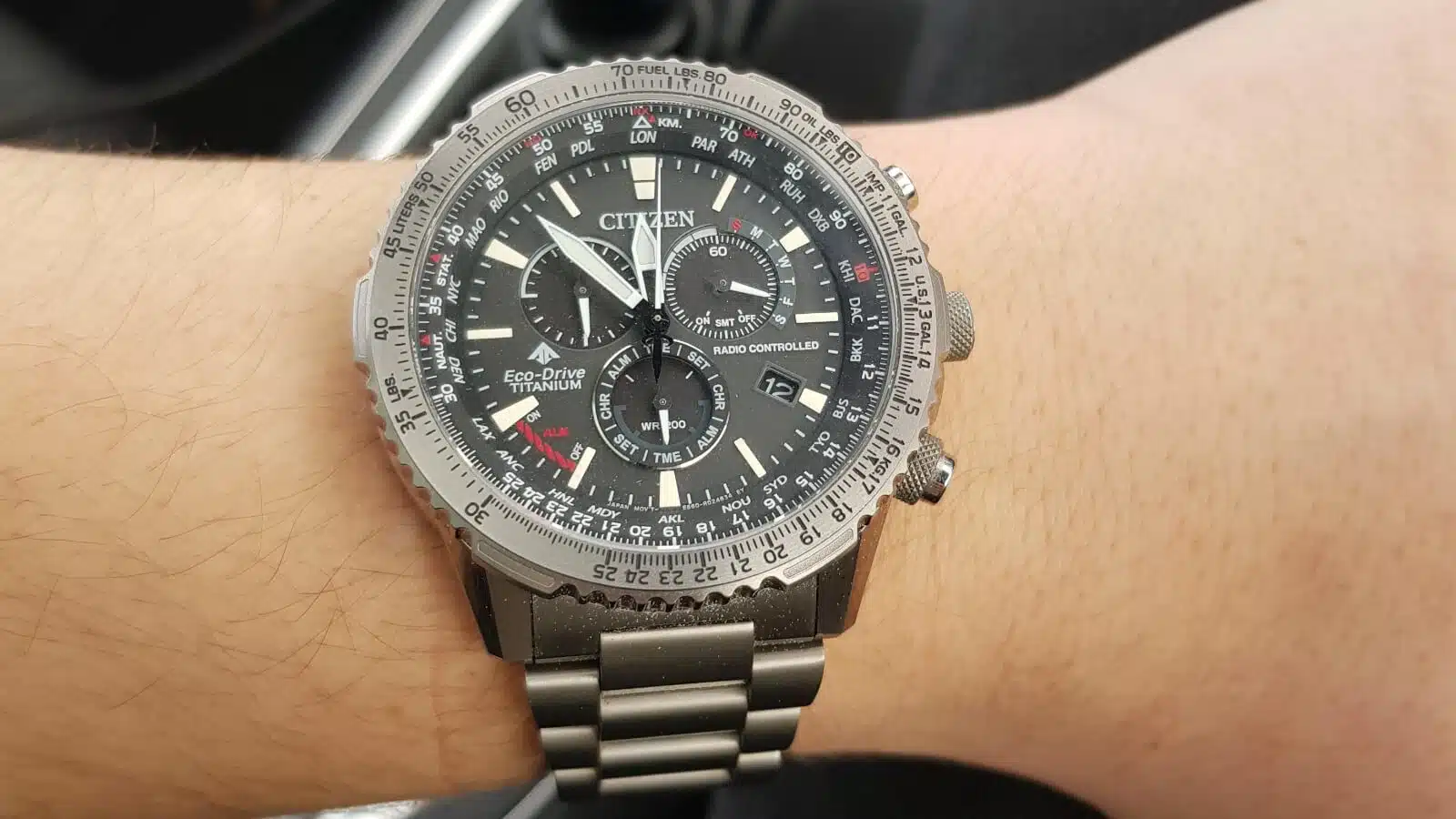
What do you think when you hear the terms atomic watch and atomic timekeeping? Personally, they’ve always given me sci-fi vibes.
They sound like something right out of a comic book or the Pierce Brosnan era of James Bond films. So, immediately, the concept gets a lot of cool points in my book.
Make no mistake, though, atomic timekeeping is not a thing of fiction. And it’s incredibly impressive.
It’s one of the most major contributions to horology. However, wristwatches that utilize this innovation often get overshadowed. This is because we don’t use watches to tell time anymore. We’re often more interested in the intricacies of mechanical timepieces.
Still, the functions and history of atomic clocks are truly fascinating. Whether you’re interested in style, science, history, or just fun facts, it’s worth learning more about!
Table of Contents
What Is an Atomic Watch?
To answer this question, we have to start with the question of what atomic timekeeping is. We’re going to get a bit nerdy here, but I promise I’ll make it all clear for you.
First, atoms make up chemical elements. That’s their most basic building block. An atomic clock keeps time by measuring atom frequency.
Do you know how different elements behave differently? For example, why do radium and tritium glow, and why does oxygen do what it does? It’s because they all have different numbers of atoms, and different atoms have different levels of energy.
Relatedly, one second is actually the same duration as the transition between two levels of the state of a specific atom (cesium-133 for your science buffs). This is a quick explanation, by the way.
So, you can use atoms to measure seconds. That’s what an atomic clock does. And that’s why it’s so darn accurate.
Okay, that’s all super cool. But how do they work? How do they do this? And what does this actually mean in real-world timekeeping?
All fair questions.
How Do Atomic Watches Work?
An atomic clock watch syncs with an atomic clock. An atomic clock has a quartz oscillator, as all quartz watches do. The quartz oscillation converts into a frequency applied to atoms. And remember, seconds can be measured through atoms.
However, the frequency can be “incorrect”, which would result in inaccurate timekeeping. So, a good quartz oscillator will, as its name implies, oscillate to determine why it’s off frequency. Then, it will steer it to the correct frequency.
In the best watches and clocks, the oscillator will do this constantly. Even as constant as every few seconds.
In fact, Coordinated Universal Time, or UTC, is based on atomic timekeeping.
International Atomic Time, or TAI (because it’s temp atomique international in French), is the most accurate, most “proper” time in the world. This is why atomic timekeeping is so important.
International Atomic Time is the average time kept at 80 national labs by over 450 atomic clocks all around the world.
And, of course, time and navigation are inextricably linked. GPS, here in the good old United States of America, uses atomic clocks, as does Galileo in the European Union.
By ensuring the most accurate time measurement, they also ensure the most accurate distance calculations.
By the way, one can convert time to distance by multiplying time by the speed of light. I thought that was a cool tidbit.
The History of the Atomic Clock: A Gradual Collaboration
The birth of atomic timekeeping all started in 1873. James Clerk Maxwell, a physicist from Scotland, believed that we should measure time by light vibrations, not the earth’s rotation. He maintained it would be more accurate.
Not much would come of this until the ‘30s when an American physicist, Isaac Rabi, created some very important hardware. Invaders used this equipment to make clocks that used atomic beams and magnetism to tell time.
Then, in 1949, Maxwell, Isidor Rabi, and Lord Kelvin led a demo of an ammonia-based clock. This directly led to the first functioning atomic clock, as we know it today. In 1955, Louis Essen and Jack Parry built the first at the National Physical Laboratory in the United Kingdom.
The first commercially sold atomic clock was the Atomichron. The National Company Inc., based in Malden, Massachusetts, built and sold it.
It was portable and self-contained and sold a whole 50 units in the 1950s. It was the look-to-the-future era, after all. Between atomic timekeeping and microwaves, the atom definitely had a moment in the spotlight.
Also, in 2019, NASA launched the Deep Space Atomic Clock into space. It was an extra-precise atomic clock designed to help spacecraft navigate in deep space. Its accuracy is less than a nanosecond within ten days.
Are Atomic Watches Safe?
Okay, here’s something I left out when explaining how atoms are related to seconds. See, a second is defined by a duration of periods of radiation. From there, its measurement corresponds with the atom’s activity.
So, hearing the words “radiation” and “atom,” the question “Are atomic watches safe?” is common and understandable.
The answer is yes. Atomic timekeepers aren’t radioactive at all — unlike the old tritium watches. Atomic clocks rely on oscillation, not the decay of atoms, which causes radioactivity.
Also, there aren’t actually a lot of true atomic wristwatches on the market. There are ones that utilize atomic timekeeping but aren’t atomic themselves. Here’s what I mean.
Is a Radio Controlled Watch and an Atomic Watch the Same Thing?
A radio-controlled watch is often referred to as an atomic watch. This is technically not accurate.
A radio-controlled watch is a type of quartz timekeeper that’s designed to sync to an atomic timekeeper. Radio signals connect to a time code, allowing this code to broadcast onto your watch.
What you may know as an “atomic watch” is actually a radio-controlled watch that broadcasts an atomic clock’s time. These time signals, of course, result in precise time measurements and, therefore, highly accurate time.
However, the watch isn’t necessarily as accurate and precise as the atomic clock it connects to. For everyday purposes, though, the difference is inconsequential.
Many brands who offer this technology, like Citizen, for example, may refer to the range as atomic timekeeping watches. It can be confusing, but it’s technically a more accurate way to describe it than the term atomic watches.
The most accurate way to describe it would be “radio-controlled watches synced to atomic timekeeping”. But that’s a mouthful.
Casio and Seiko are other brands that make their radio-controlled wristwatches.
And yes, all of this also applies to clocks branded as atomic timekeepers and use radio signals to sync to atomic clocks.
So yes, atomic timekeeping watches and true atomic clocks are safe. Another common question, though, is whether these timepieces are worth it. That’s also understandable.
This technology is impressive and, therefore, chargeable — often, but not always. Still, let’s investigate it.
Are Atomic Watches Worth It?
Other than super green Kickstarter-backed brands, the commercial atomic watch is virtually non-existent.
Atomic clocks are still out there, though, and they’re incredibly expensive. One can set you back a good few thousand bucks. I’d rather continue to be perpetually five minutes late.
However, radio-controlled watches that utilize atomic timekeeping are, in my opinion, completely worth it. They’re offered at a huge range of price points.
Casio’s Waveceptor WV200A-1AV, for example, is less than $100 — less than $50 in a lot of online marketplaces like Amazon!
The Citizen Promaster AT range famously utilizes atomic timekeeping and radio-controlled power. These well-built workhorses are incredibly spec-forward. In fact, they even have a chronograph that runs on Eco-Drive technology.
Not only is this watch highly accurate, but it runs on light and doesn’t need battery changes.
So yes, atomic timekeeping, radio-controlled watches, or “atomic” watches, are totally worth it. And you can definitely find one that fits your budget.
FAQs
Here are some commonly asked questions on atomic timekeeping!
What Does Atomic Mean on a Watch?
Usually, it means it’s a radio-controlled wristwatch that syncs to an atomic clock for more precise time measurements.
Are Atomic Clocks Expensive?
Yes, true atomic clocks can cost up to $3,000.
Do Atomic Watches Need Batteries?
Yes, atomic timekeepers are electronic quartz watches that need batteries. Radio-controlled wristwatches, which, again, sync to atomic clocks, also need batteries.
Conclusion: A True Innovation
At the end of the day, the atomic watch, or more accurately, the radio-controlled atomic timekeeping watch, is still innovative.
Sure, it’s not truly atomic. Not literally, at least. But it’s definitely accurate and reliable enough for 99% of us!
And when it comes to atomic clocks and timekeeping, there’s no denying it’s truly remarkable.
Did you know that atomic timekeeping came about so gradually? Also, do you own any atomic timekeepers? Let’s start a conversation! Let us know your thoughts in the comments.
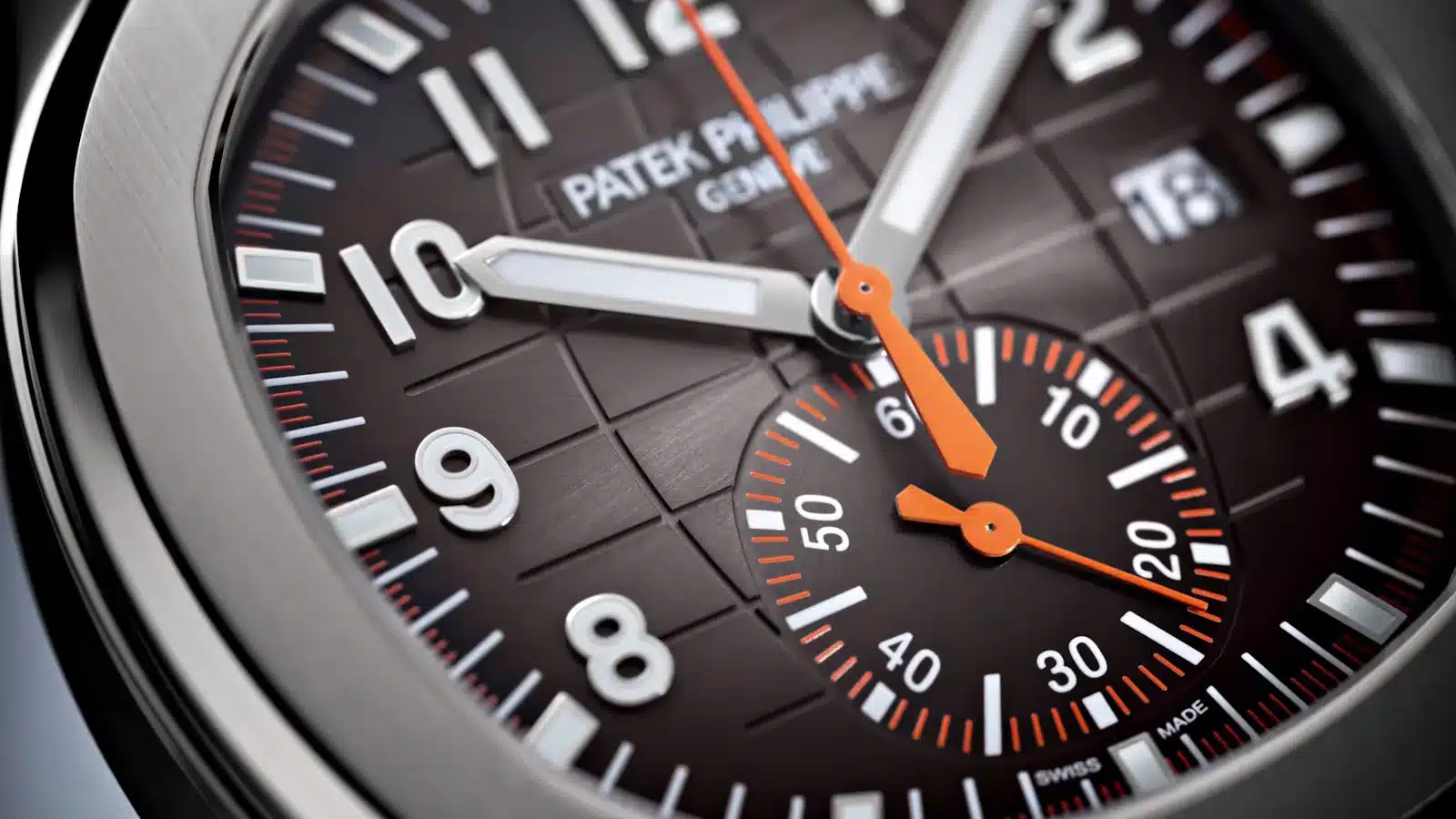
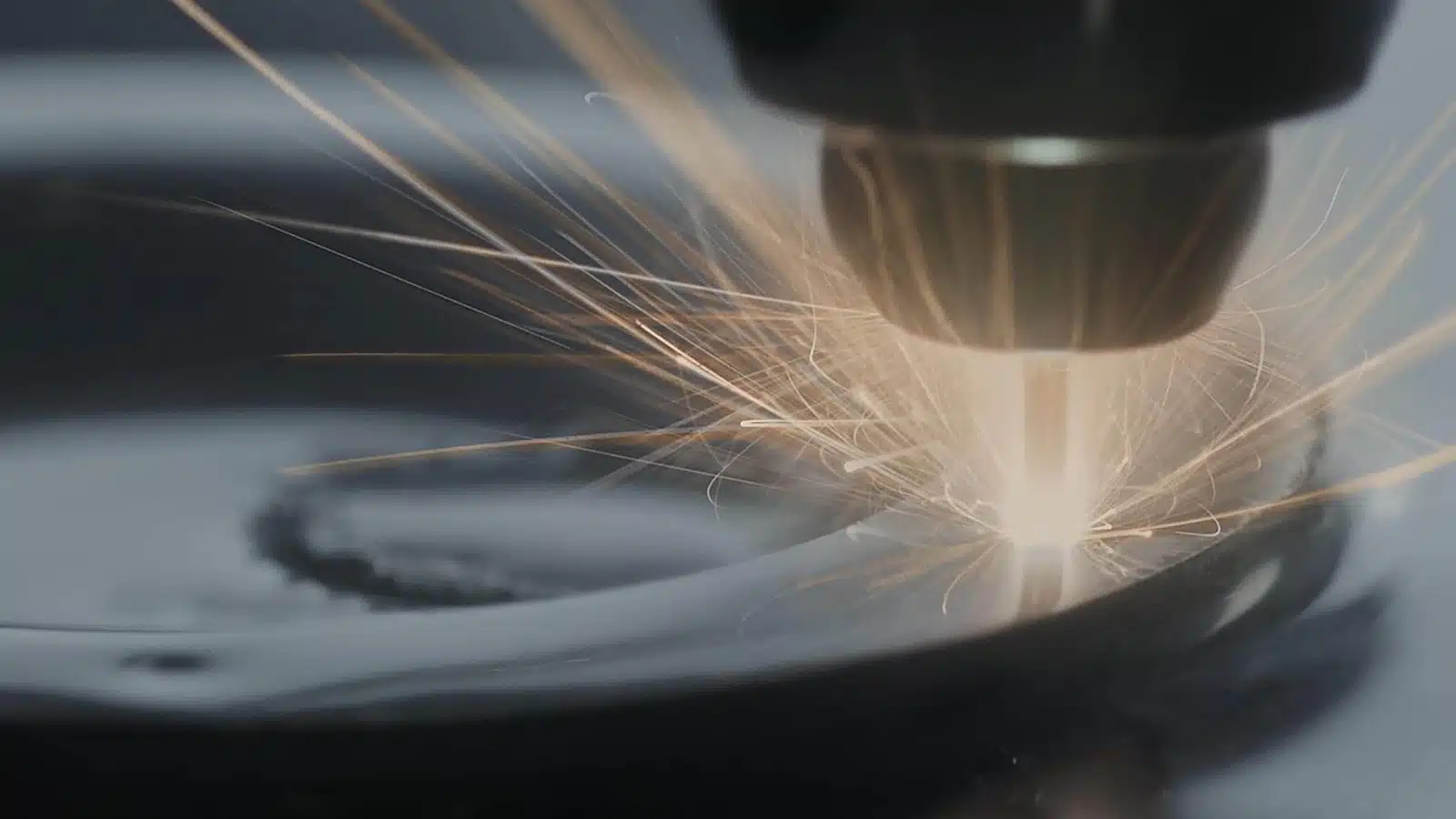
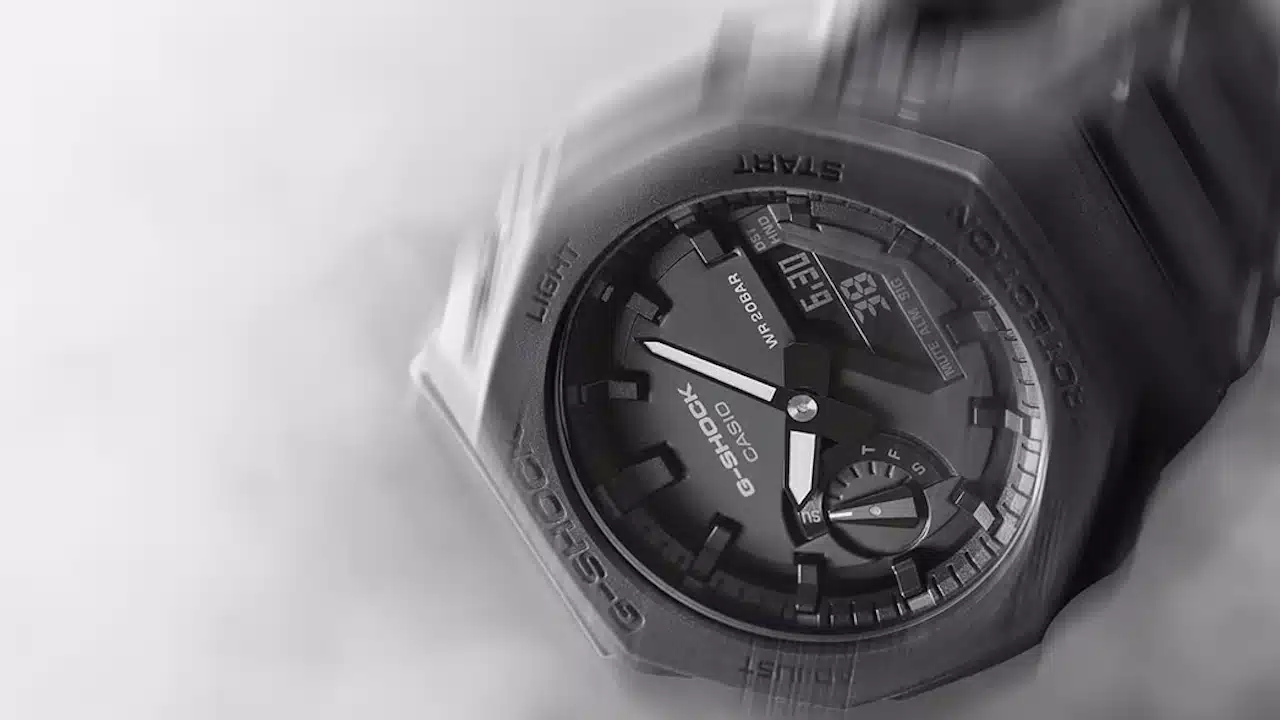
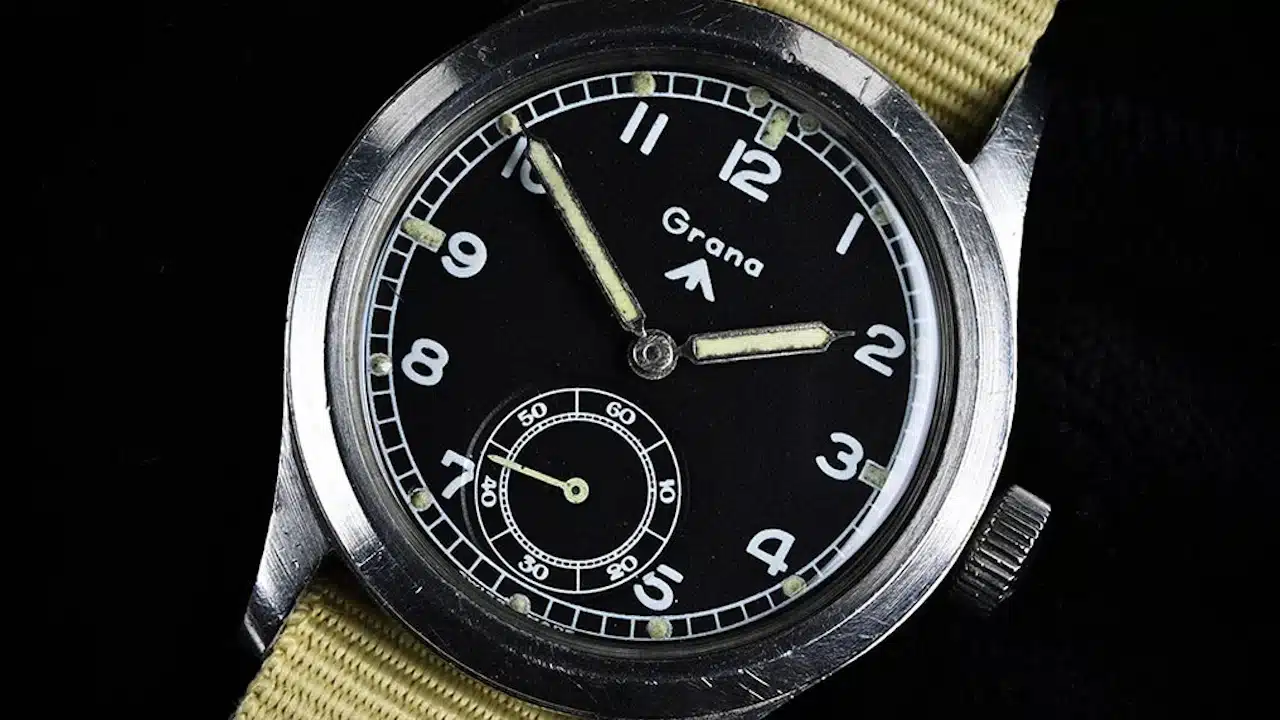
Leave a Reply